BUGEN1502 Semester 2 Assignment 1: Descriptive Statistics and Analysis
VerifiedAdded on 2022/09/15
|6
|564
|15
Homework Assignment
AI Summary
This document presents a solution to BUGEN1502 Assignment 1, focusing on descriptive statistics related to weekly rental costs and property locations. The assignment involves calculating frequencies and percentages for different rental cost intervals, creating bar and pie charts to visualize the data. Further analysis includes generating histograms and descriptive statistics like mean, median, mode, standard deviation, and identifying outliers using z-scores. The solution compares data with and without outliers and analyzes the frequency distributions for properties near the university versus other locations, using frequency polygons to illustrate the distributions. The analysis provides insights into the central tendencies, variations, and distributions of the data, supporting a comprehensive understanding of the rental market data.
1 out of 6

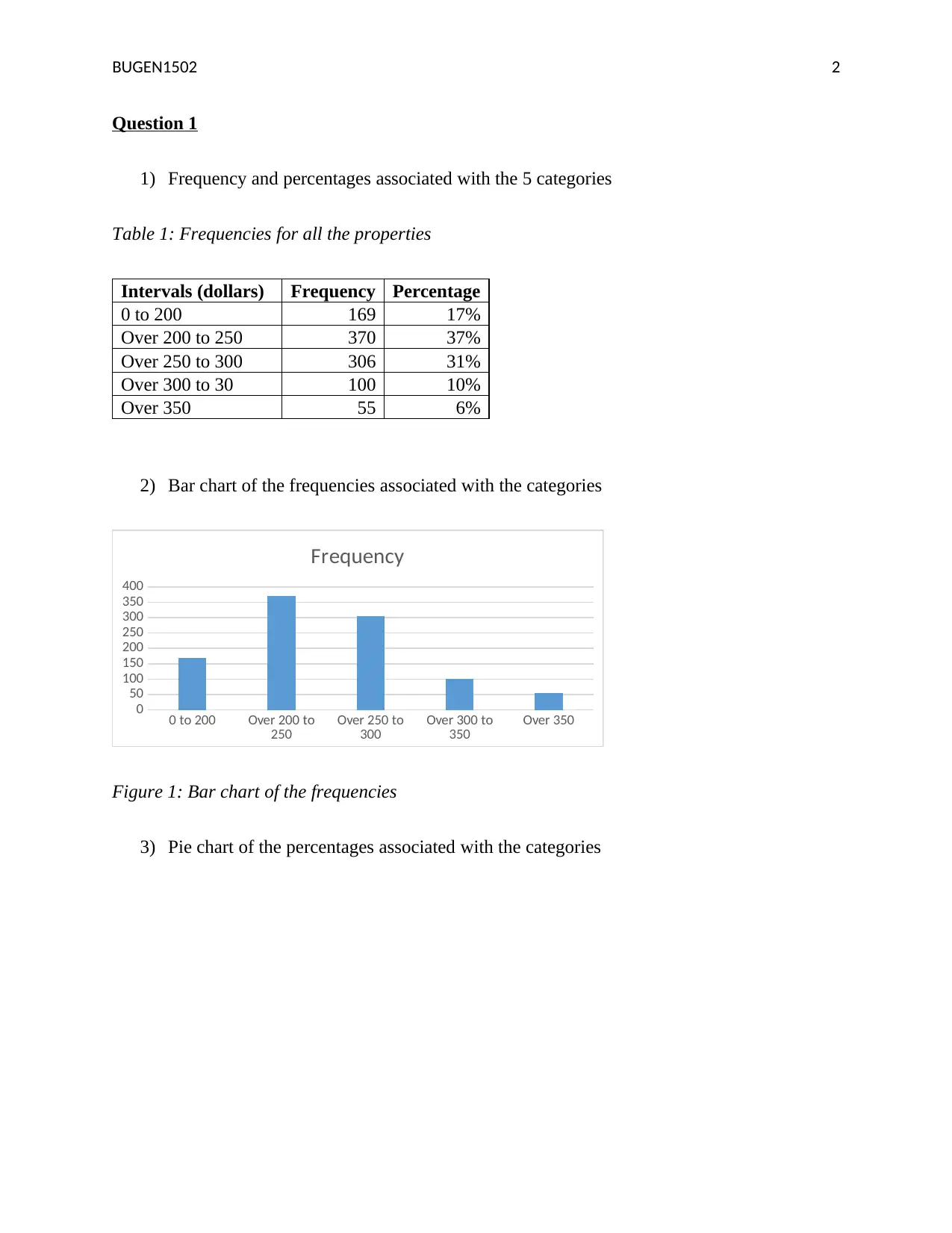
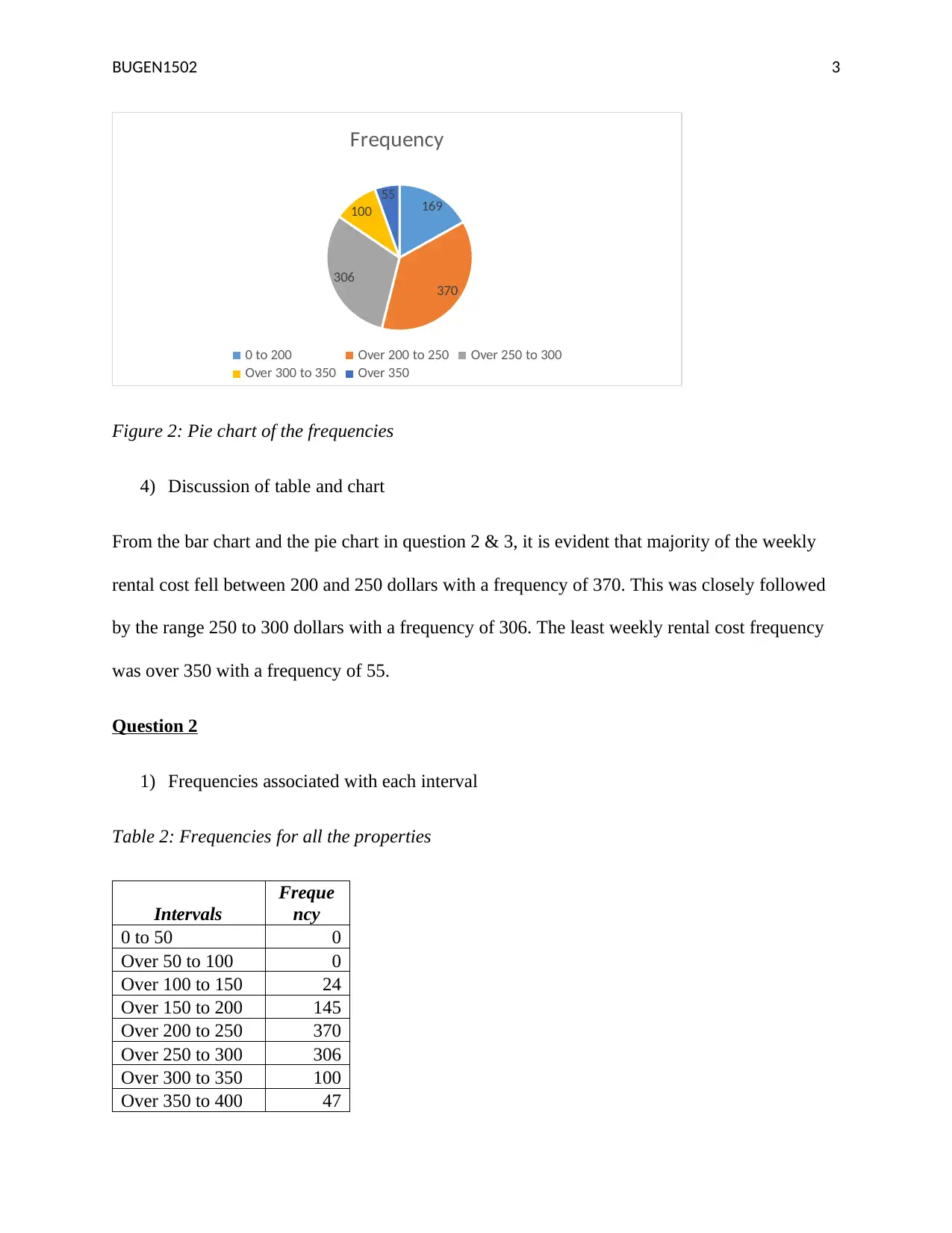

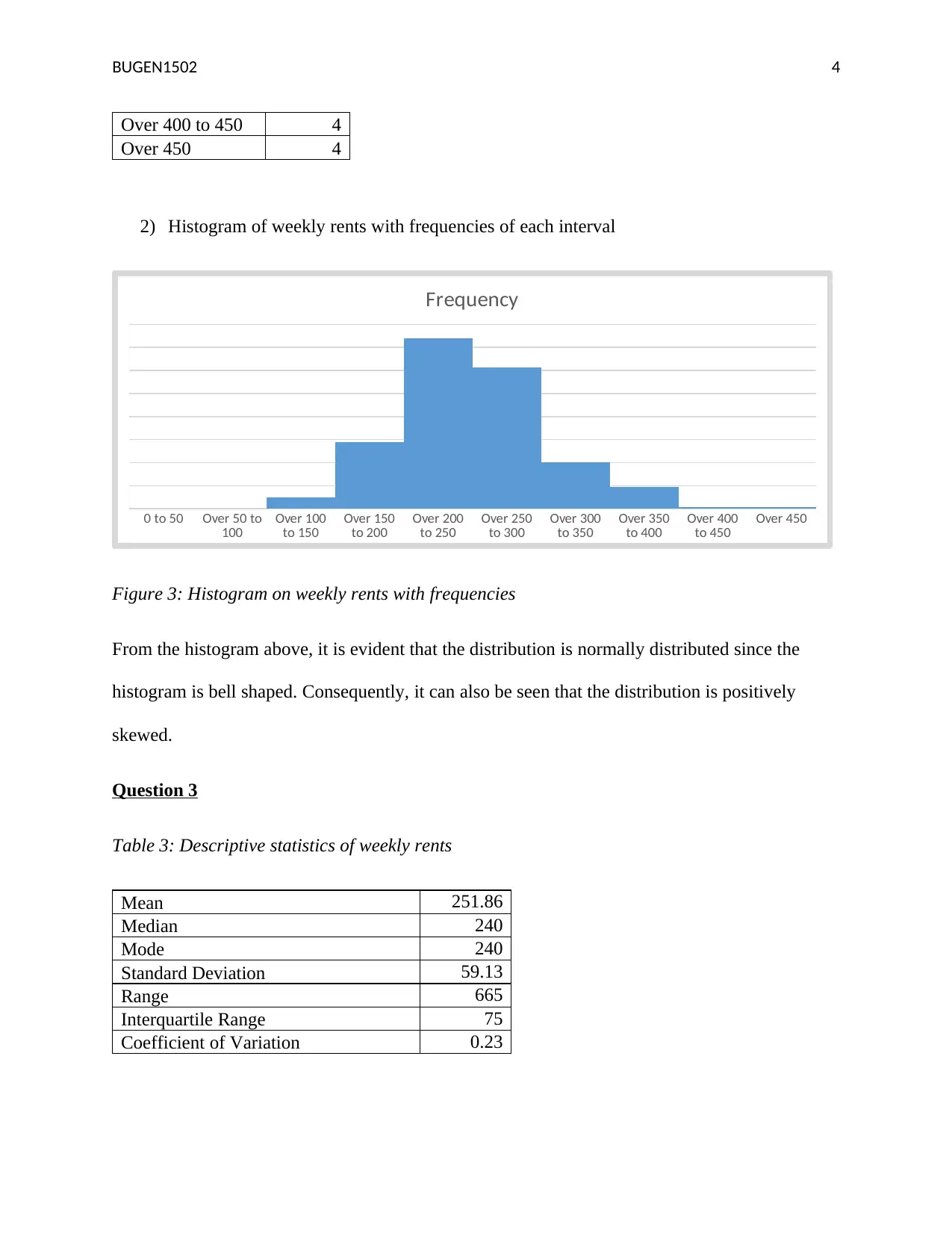
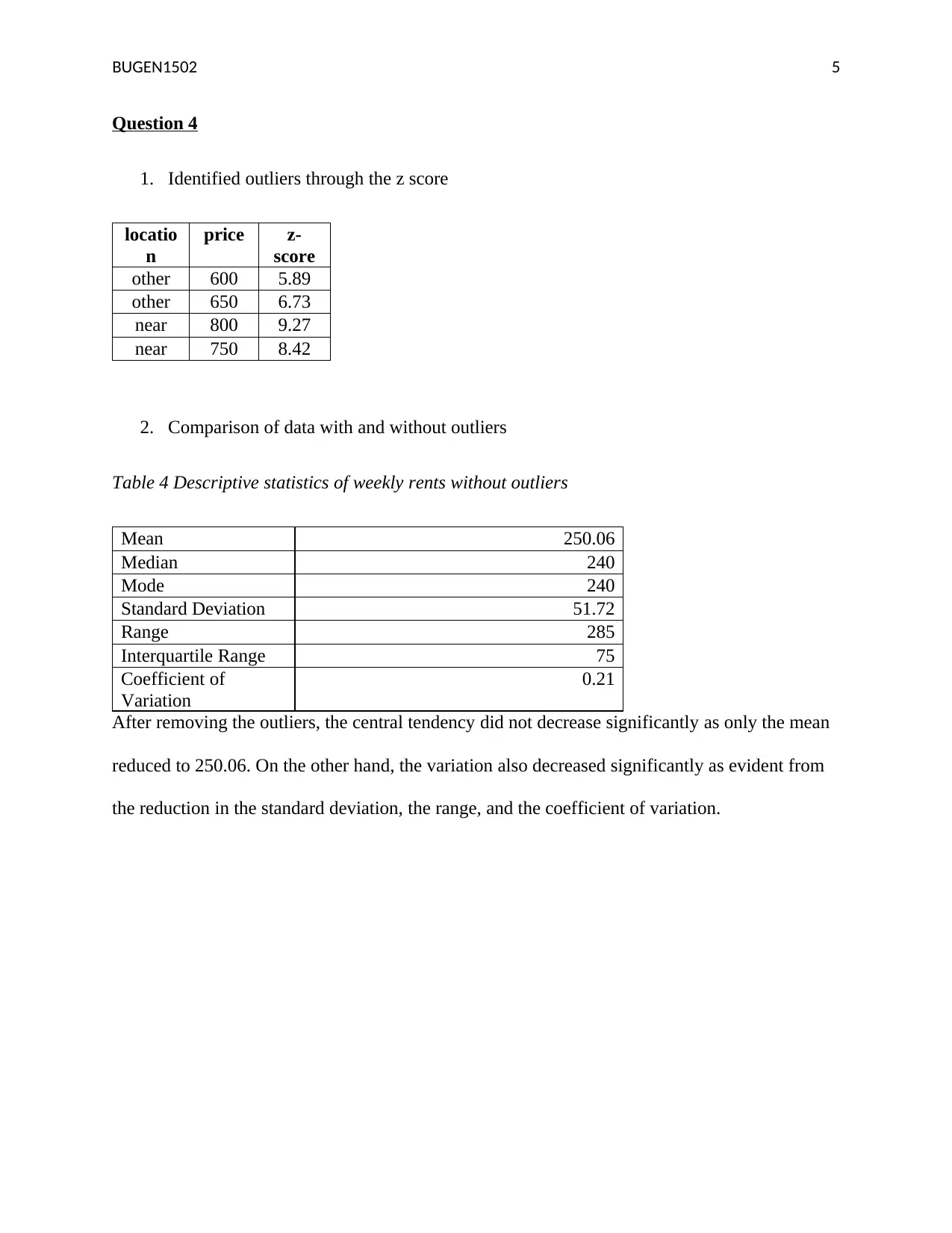
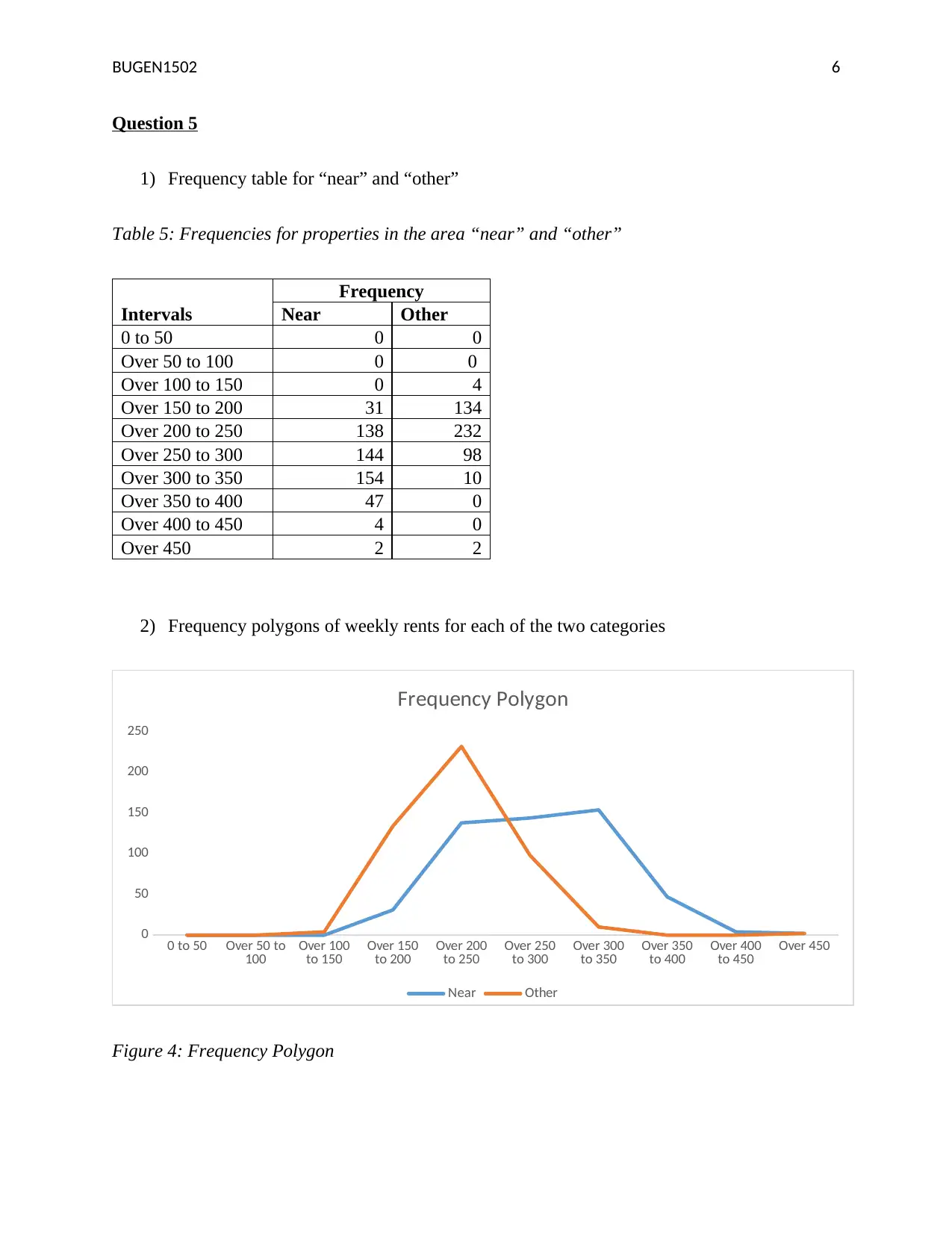




![[object Object]](/_next/static/media/star-bottom.7253800d.svg)